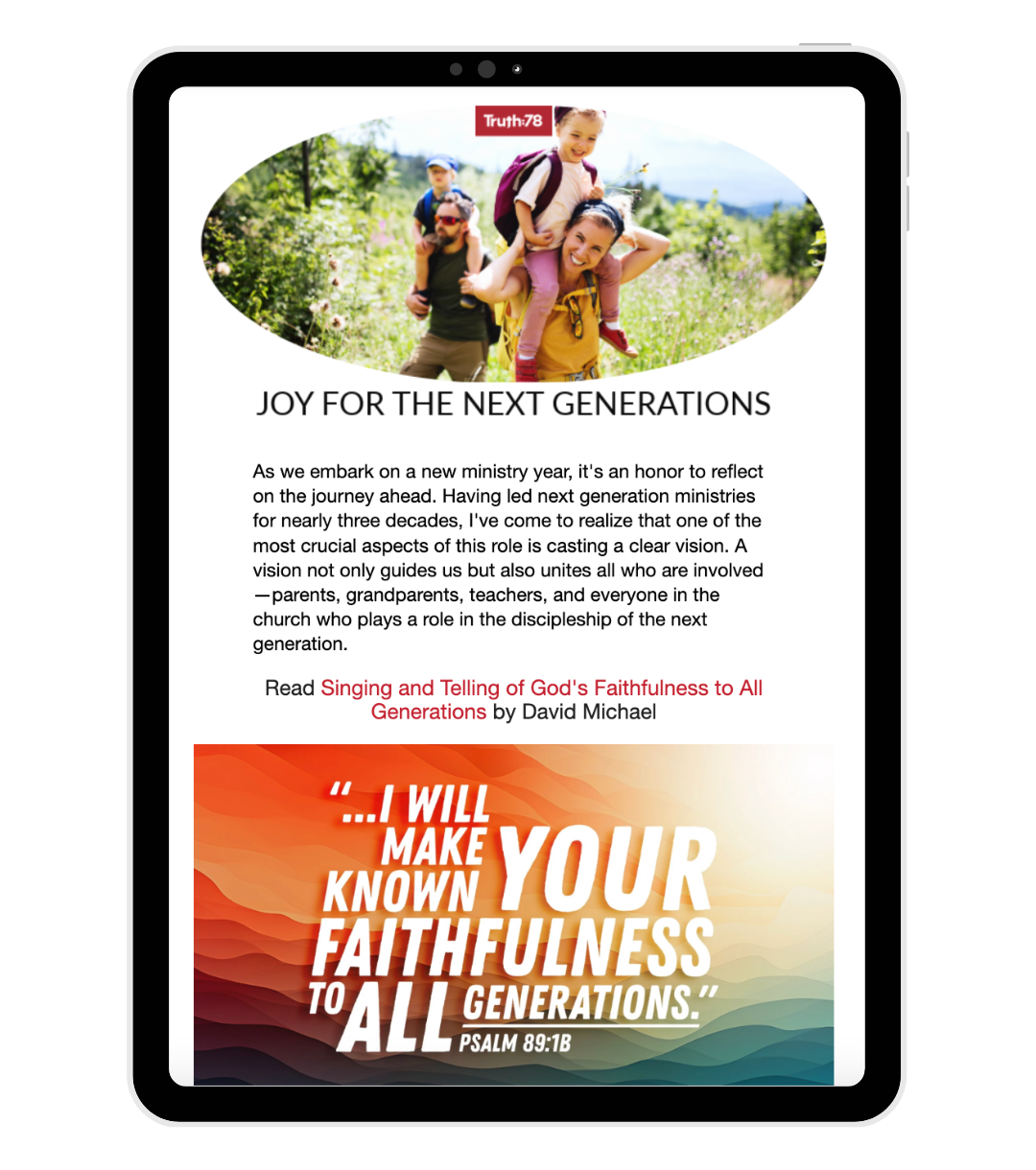 In my previous post, Encouraging Biblical Literacy in Children: Ages 6-8, I mentioned two main ways in which we can encourage and help children grow in their proficiency in reading and understanding the Bible:
In my previous post, Encouraging Biblical Literacy in Children: Ages 6-8, I mentioned two main ways in which we can encourage and help children grow in their proficiency in reading and understanding the Bible:
1. Teach precept upon precept by introducing specific Bible skills and concepts at appropriate ages.
2. Teach in a way that encourages the children to be actively involved with the text.
Now, I would like to aim our thinking toward ages 9-11. At this age, students should be encouraged and expected to interact with more and more text, including reading passages aloud. During classroom time, their Bibles should be open more often than not, and most should be able to quickly look up two or more passages of Scripture during a lesson and be able to examine larger portions of text.
Helpful hints and practical ideas for doing this:
1. Strategically Assign Passages
Be strategic in the passages you assign to the students. Time does not always permit that all the students look up and read every passage in the lesson. If you have many texts to look at in a particular lesson, you may want to assign students to each look up a passage before the lesson begins, and then call on them to read their assigned passage during the lesson. Even if you are reading the text to the class, you can encourage your students to be actively engaged.
EXAMPLE: In your lesson preparation, highlight several key words from the passage. Before you read the passage to the class, explain to the children that, as you read the text to them, you are going to stop at several points, not saying the word that comes next. They are to follow along in their own Bibles and when you stop, they are to call out the next word.
2. Ask Systematic Questions
Lead the children through a systematic series of questions in order for them to understand the structure and meaning of the text. Whenever possible, ask questions in a way that requires them to really look at the text, so that they really have to interact with it.
3. Encourage Application
Intentionally lead and encourage the children to apply the text to their own lives.
EXAMPLE: The parable of the unforgiving servant from Matthew 18:23-35
“... [26] So the servant fell on his knees, imploring him, ‘Have patience with me, and I will pay you everything.’ [27] And out of pity for him, the master of that servant released him and forgave him the debt. [28] But when that same servant went out, he found one of his fellow servants who owed him a hundred denarii, and seizing him, he began to choke him, saying, ‘Pay what you owe.... [35] So also my heavenly Father will do to every one of you, if you do not forgive your brother from your heart.” (ESV)
Types of questions to ask:
In this parable, we have three main characters or people. Who are they?
Look at verse 26. What does the word "imploring" mean?
According to the beginning of verse 27, why did the king forgive the servant? What specific word does the Bible use to describe the king's feeling toward this servant?
Why is verse 28 surprising? How would you compare the debt of the first servant to the debt of the second servant?
Look at verse 35. What is the warning in this verse? Who is the king in the story like, us or God? Who are we to be like, the first or second servant? However, are we more like the second servant sometimes? Is this pleasing to God?
You might also want to ask the students if they can think of other verses in Scripture that address the same theme. For example, ask the students: Can you think of other verses that talk about how we are to be forgiving? (e.g., Ephesians 4:32) This challenges them to recall prior information learned and see how it relates to other texts—emphasizing a unity in the Bible's message.

4. Teach Context
Teach the students about "context."
EXAMPLE: From the above story in Matthew 18 ask, Why did Jesus tell this parable? Look at the two verses that come before the story, verses 21 and 22.
5. Make Old and New Testament Connections
Demonstrate how to look for and make connections between important Old and New Testament concepts.
EXAMPLE: John 1:29 The next day he saw Jesus coming toward him, and said, “Behold, the Lamb of God, who takes away the sin of the world!”
Questions to ask: Why would John the Baptist describe Jesus in this way? In the Old Testament, what important role did lambs play in the forgiveness of sin? How did Jesus become like one of those lambs?
6. Use Study Helps
Introduce some basic study helps, such as a concordance, Bible dictionary, maps, and timelines. These should not be too extensive or complex. It may simply include showing the kids how to use the study helps included in their Bibles.
7. Encourage At Home Study
Encourage Bible study resources for use in the home. We highly recommend Discover 4 Yourself® Inductive Bible Studies for Kids (by Kay Arthur and others) for this age group.






